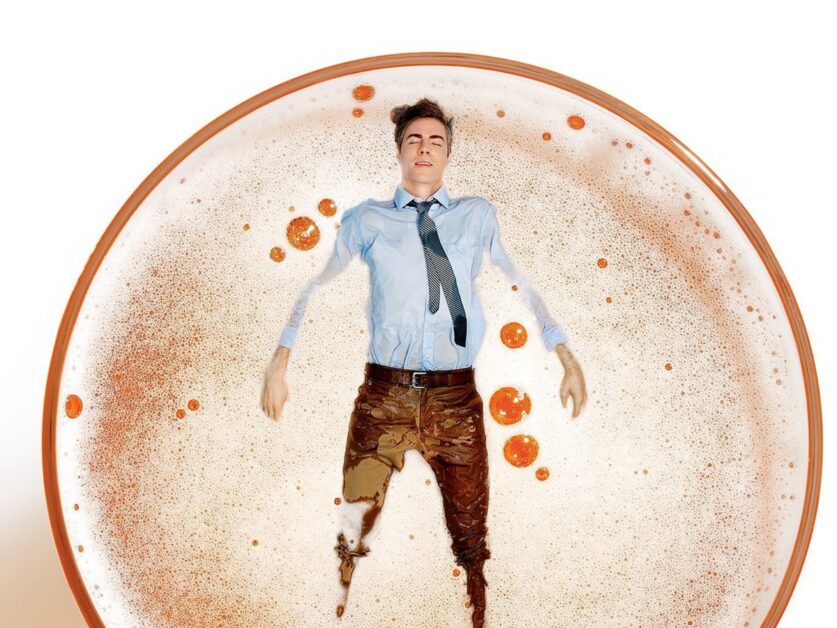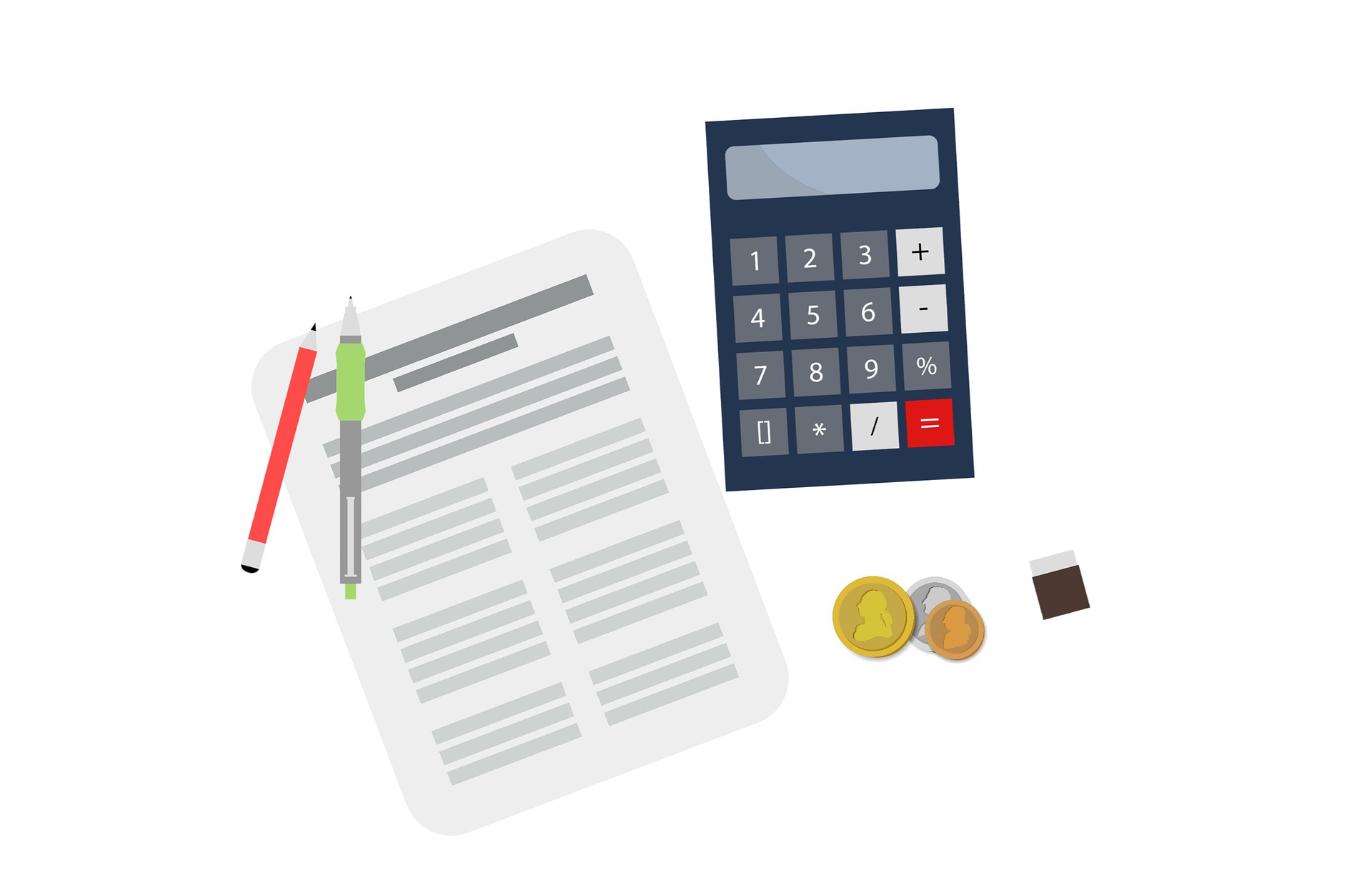The 12 steps of alcoholics anonymous offer guidance to many who are trying to break the endless cycle of alcoholism and emerge victoriously. They inspire them to take control of their life one step at a time and beat their demons one by one till they are free of all alcohol-induced encumbrances forever.
Understanding why People Drink
Nobody would like to willingly surrender to a life of alcoholic stupor. Yet, the world is full of many such people who drink even while being fully aware of the negative after-effects of this habit.
Let us know why they do so.
- They feel good after drinking. For them, it is a way to get a break from the reality of their lives. It gives them an escape from their personal or work problems, and what starts out usually as a drink once back home from work soon becomes a bottle or two till they pass out in blissful oblivion. You will find many members at AA meetings talking about this aspect of alcoholism and how it gradually led to their work and personal failures.
- Many people take to drowning their loss, personal or otherwise, in alcohol. In many cases, people drink as they find themselves unable to bear the loss of a family member or close friend. They find it taking a toll on them in several aspects, such as mentally, physically, and emotionally. Imbibing eases the pain and feeling of grief, and soon this numbing crutch takes over you completely, rendering you helpless and dependent on it to pass the time.
- At an AA meeting, you will also find many discussing their reliance on alcohol for its feelings of euphoria and pleasure. Its sedative properties eliminate the stresses of daily life and bring about a feeling of happiness and joy. Soon, as your tolerance of alcohol grows, you start drinking more and more to achieve the same effects.
- For many alcoholics, drinking is their way out of negative sentiments like shame and trauma. Both of these are tough emotions and hard to bear. When they drink, they find themselves shedding the depression arising out of these two and feeling falsely exuberant and reckless. However, this relief is ephemeral, and they find themselves feeling far worse once the effect of alcohol wears off. So, they drink again to lose their senses, and the rut of alcoholism begins. Most AA members at your local AA meetings will agree on how they took to drinking to avoid thinking about a traumatic incident in their lives and the shame it brought them.
- Many people drink to keep the overriding emotions of worry and anxiety at bay. They find a lowering of their inhibitions once they have a couple of drinks and prefer to enjoy social situations in that condition to feel at ease. This, however, becomes alcoholism as their dependence on drinking keeps increasing with time, and they soon find it difficult to manage social interactions without alcohol.
Your sobriety is in your own hands. Get help today to live an alcohol-free life. You can use a Sobriety Calculator to know how many milestones you have achieved once you quit drinking.
Learn more about the 12 steps of AA: https://www.aa-meetings.com/12-traditions-of-alcoholics-anonymous









